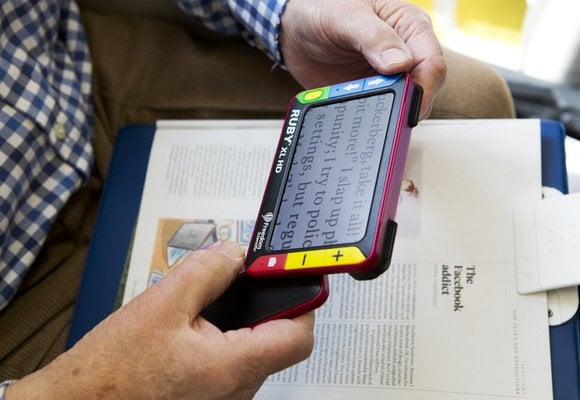The first Welsh braille book was produced in the 1900s. However, the Welsh braille code currently in use is a relatively recent innovation and was first published officially in 1996.
Welsh braille uses the same general rules with regard to composition signs, punctuation signs, etc, as those stated in The Rules of Unified English Braille (2013). However, the alphabet, and the system of contractions used for grade 2 are specific to Welsh. In addition there are special signs for accents.
RNIB Cymru has funding from the Welsh Assembly Government and The Welsh Language Board to produce books in Welsh braille. It has recently produced the first English-Welsh/Welsh-English Dictionary in Welsh braille which was in 26 volumes, and also the New Testament and Psalms which on completion was 49 volumes of double sided braille.







